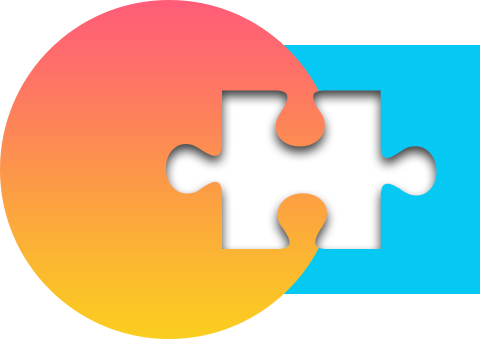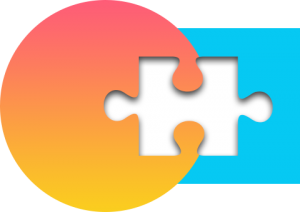A Beginner’s Guide to JSON- Learn the Basics of Data Exchange
Ever wonder how information travels between multiple websites, apps, and online systems? The secret lies in JSON (JavaScript Object Notation). These days, JSON is used almost everywhere and has caught many people’s attention.
Are you curious about JSON? Do you want to know what it is, how it works, and why it is famous? Don’t worry at all. In this short but informative article, we will answer these and many other queries that beginners usually have regarding JSON.
Let’s begin with the fundamental question!
What is JSON?
JSON is a data interchange format. It’s widely famous among developers because it’s easy to read and write and compatible with multiple types of systems and machines. As its name suggests, it’s a subset of the JavaScript programming language. However, over time, it has emerged as a language-independent format, as it can be used with many programming languages.
It’s commonly used for transmitting data between a server and a web application. Additionally, it’s used to represent complicated data structures and store configuration data.
JSON is widely used in web development because it generates and parses data more efficiently. Unlike XML (eXtensible Markup Language) and other formats, it’s simpler and more compact. For instance, in XML, we use tags to define data structures that sometimes make the code harder to read and understand. Meanwhile, JSON uses a lightweight syntax of pairs and arrays that is much simpler to understand, even for new programmers.
Why Does JSON Matter?
JSON has become significant among programmers for various reasons. Here are a few of them;
● Simplicity
As mentioned earlier, JSON is much simpler than its biggest rival, XML. Its syntax is very easy to understand for both humans and machines. JSON uses a clear and understandable structure of key-value pairs and objects, which makes it less complicated than other formats, even for newbies.
● Universality
JSON is the go-to option for data exchange between various online systems, programs, and websites. Its universality makes it a popular choice among software programmers and website developers, who often prefer it over its biggest rivals. JSON’s versatility allows it to work as a common data interchange format in diverse software systems. It enables seamless communication among various system components regardless of their original coding languages.
● Lightweight
Compared to other formats, JSON is very lightweight, which makes it the best choice for data exchange between different systems. JSON is helpful for cloud-based applications where data is exchanged frequently. It also takes less space and doesn’t put an additional burden on systems.
● Continuous Evolution
Thanks to a large developer community, JSON is constantly evolving, making it much more secure and efficient than other formats. Over time, developers build new features and libraries of JSON. Together, these things help it become much simpler and helpful to everyone and increase its capabilities.
Understanding JSON Structure
Have a look at the key components of JSON structure;
● Key-Value Pairs
These are the fundamental units of JSON. The key acts like a label, and a value is the actual data you want to store. Keys must be in double quotes, and they separate the key from the value with a colon (:).
● Objects
In JSON, an object is a collection of key-value pairs. Objects are used to group related data under a single entity. They are represented by curly braces {}.
● Arrays
It is an ordered list of values, which can be strings, numbers, objects, arrays, booleans, or null. Arrays are enclosed in square brackets [].
Data Types In JSON
JSON supports different data types for values:
Strings: Text data, always enclosed in double quotes.
Numbers: Can be integers or decimals.
Booleans: Represent true or false values.
Null: Indicates the absence of a value.
Objects: Collections of key-value pairs, written within curly braces {}. They allow you to group related data.
Arrays: Ordered lists of values.
How to Convert Other Formats to JSON?
Although other data formats are also quite helpful in many ways, developers often need to convert them to JSON. The key reason behind the conversion is that those formats are not compatible with all systems and applications. Plus, JSON is more lightweight and easily transports data.
But the question is, how can one easily convert the data to JSON in other formats? Here is the simple solution to it;
Use Online Converters
Many easy-to-use and sophisticated online converters have been developed recently to help developers easily and quickly convert their data to other formats. Even novice users with no in-depth knowledge of these formats can efficiently convert the data without much effort.
For instance, if you have data available in String format and want to convert it into JSON, you don’t need to write everything manually. Instead, open a String to JSON converter, paste the code there, and initiate the conversion process. Within a few moments, all the data will be converted, and you can copy and use it wherever you want.
Even when dealing with complex data, you don’t need in-depth knowledge, previous experience, or skills in JSON or String. Open a sophisticated String to JSON formatter, and it will execute the entire task for you.





